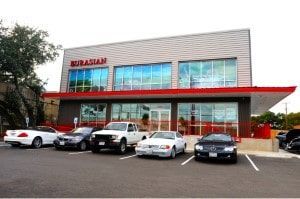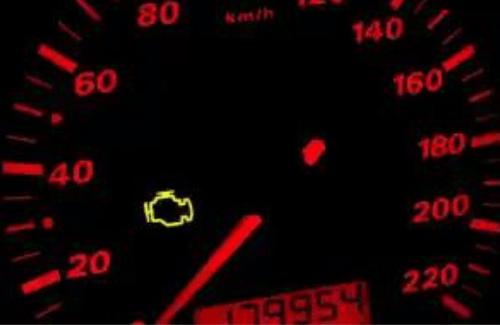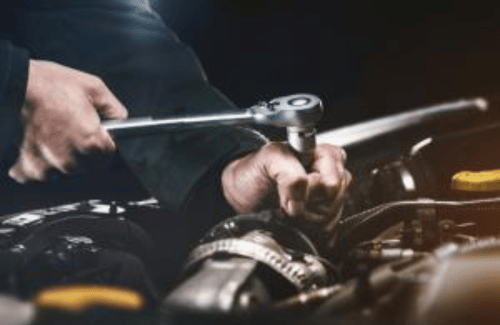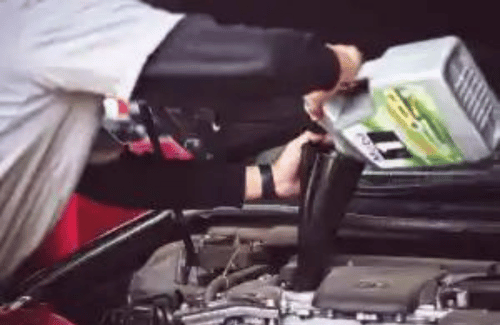Blog
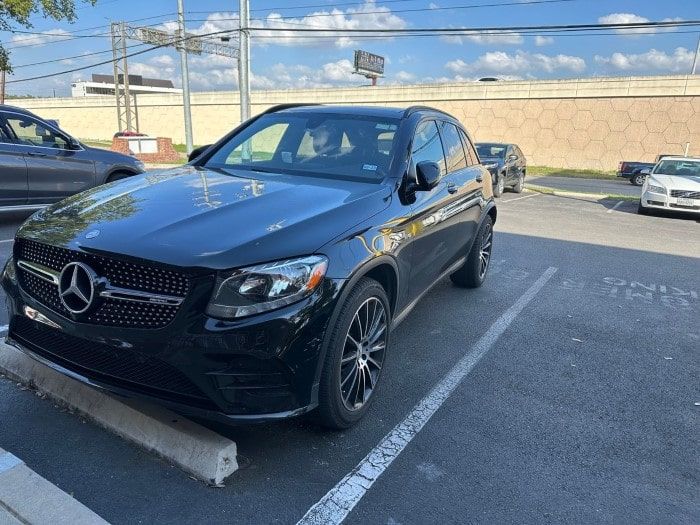
23 Apr, 2024
Mercedes-Benz vehicles are renowned for their luxury, performance, and cutting-edge technology. To maintain these high standards, regular servicing is essential. Service B, one of the scheduled service intervals, is particularly important for keeping your Mercedes in top condition. However, the cost of Service B can vary widely, which may leave many Mercedes owners wondering: What factors contribute to the cost of this essential maintenance? In this article, we'll delve into the factors that influence Mercedes B service cost and why regular servicing is crucial for your luxury vehicle.

12 Mar, 2024
As Texas halts requirements for annual safety inspections, it's crucial to stay informed about the evolving automotive regulations that impact San Antonio drivers. Notably, significant changes are on the horizon for Texas inspection laws, particularly concerning emissions testing. Scheduled for implementation in 2026, these updated regulations will bring big changes to automotive in line with standards previously seen in other Texas cities. Understanding these changes is vital, and ensuring your vehicle complies is even more so. Eurasian Auto Repair, a leading automotive service provider in San Antonio, Texas, is here to assist you every step of the way.
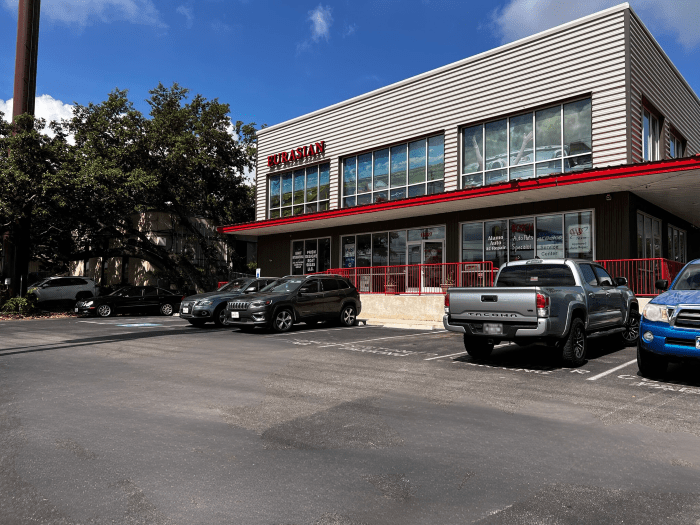
27 Feb, 2024
Finding a dependable auto repair shop can often feel like searching for a needle in a haystack, especially when you're the proud owner of a European masterpiece like an Audi, Porsche, or VW. These vehicles aren't just modes of transportation; they're extensions of our personalities and investments worth protecting. That's where Eurasian Auto Repair in San Antonio, TX, steps in, offering a sanctuary for your automotive needs with a personal touch and an unbeatable warranty that stands as a testament to our service quality.

13 Dec, 2023
Maintaining and servicing your electric vehicle is crucial to ensuring its longevity and optimal performance. While there are many options for EV maintenance and service in San Antonio, Eurasian Auto repair can offer a more personalized and cost-effective experience.
The post EV Service and Maintenance at Eurasian Auto Repair appeared first on Eurasian Auto Repair.

08 Dec, 2023
When it comes to getting an oil change, many people choose quick lube and in-and-out general repair services for convenience. However, this is not the best choice for vehicles. Understandably, for those without the time to take their car in for maintenance, staying in your car and getting a rapid oil change sounds ideal. Let’s […]
The post Why Shouldn’t You Use Quick Lube Oil Changes? appeared first on Eurasian Auto Repair.

By support
•
15 Jul, 2023
While auto repair varies from vehicle to vehicle, there are certain services that are nearly impossible to do without. On top of just taking your vehicle to the shop whenever you suspect an issue, there are five important auto repair or maintenance services you will need to stay on top of to ensure your vehicle’s health.
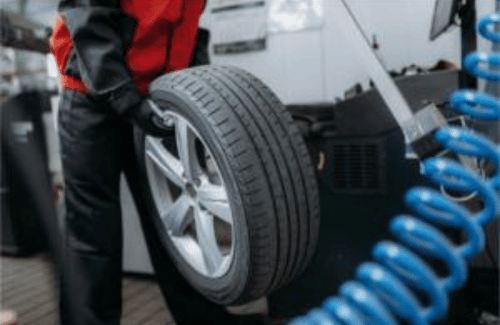
By support
•
15 Jun, 2023
Apart from tire repairs and replacements, getting regular tire services is an essential part of vehicle maintenance. At Eurasian Auto Repair, we provide professional tire services performed by our certified automotive technicians to optimize your tire and wheel assembly’s safety and performance on the road.

